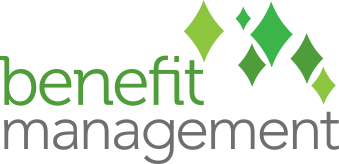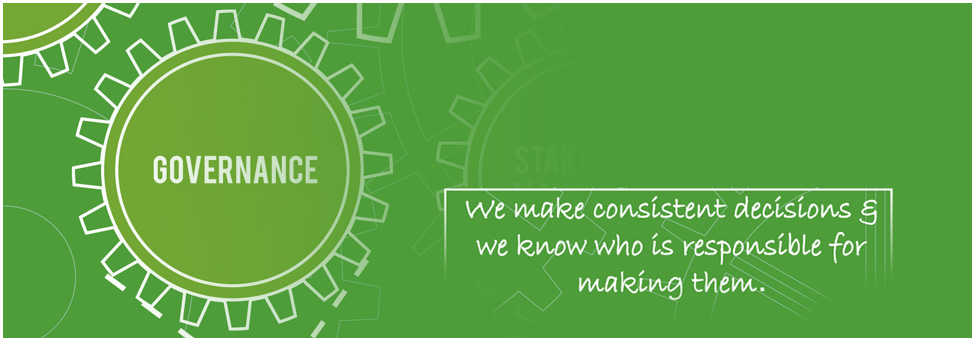Governance
“The risk of a wrong decision is preferable to the terror of indecision.”
– Maimonides
It’s fair to say that if your governance structure works, then most other things in your organisation will work as well.
Where governance works, the hard questions are asked: are we doing the right things?; are we doing things right?; and are we on track to deliver the expected benefits?
On the other hand, if governance isn’t working, well, you probably know how that plays out!
When we’re talking about portfolio governance really we are talking about the decision-making principles, processes and practices that take place across the portfolio. Good governance means that you know what decisions are made by whom, when they are made, and against what criteria. It also means that the governance you are applying at the portfolio level aligns to the corporate governance structures.
Clear roles and responsibilities are crucial here: decision-making accountability needs to be agreed, communicated and respected across the organisation. In the project and program space, governance structures are usually in place to make sure that ongoing investment decisions are made before projects and programs begin, and at various stages throughout their lifecycle.
At Benefit Management, we know that good governance is central to so many other aspects of running a successful portfolio. We understand that governance at all levels of the organisation is a critical success factor to engender effective and efficient decision making practices. In a recent engagement, Benefit Management was able to establish a revised governance structure in a large public transport program. Given the fast-paced, dynamic nature of the environment, we knew it was critical to develop governance processes at both the project and program levels to ensure effective escalation of risks and issues, and to keep the leadership team informed about project and program progress. Benefit Management developed a Program Approach and Project Management Handbook which specified the business rules for staged reviews of the program and projects, outlined risks, issues and variation management processes, and specifically mapped governance roles and responsibilities.
Challenges We Find
- Blurred accountability-responsibility lines: it’s unclear who actually makes the decision and who supports the decision-making
- Inconsistent decision-making processes
- Irregular project and program staged reviews
- Staff are not aware of the governance structures
- Decision paralysis
Examples of how we can help
- Developing a framework for project governance, program governance and portfolio-wide governance
- Mapping roles and responsibilities, clearly emphasising decision making authority
- Assisting organisations to implement the framework and ensure shared understanding


